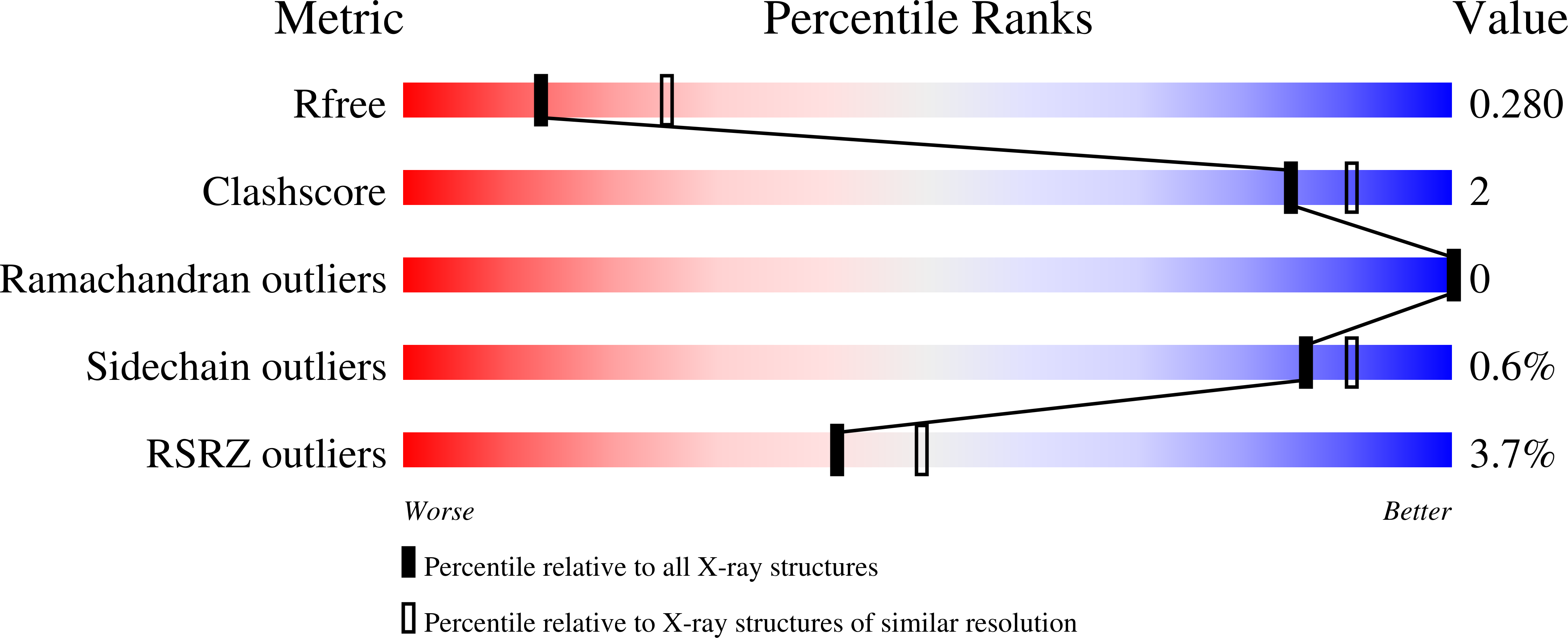
Deposition Date
2021-06-21
Release Date
2021-08-04
Last Version Date
2023-10-18
Entry Detail
PDB ID:
7NAA
Keywords:
Title:
Crystal structure of Mycobacterium tuberculosis H37Rv PknF kinase domain
Biological Source:
Source Organism:
Mycobacterium tuberculosis (Taxon ID: 1773)
Host Organism:
Method Details:
Experimental Method:
Resolution:
2.75 Å
R-Value Free:
0.27
R-Value Work:
0.23
R-Value Observed:
0.23
Space Group:
P 21 21 2


